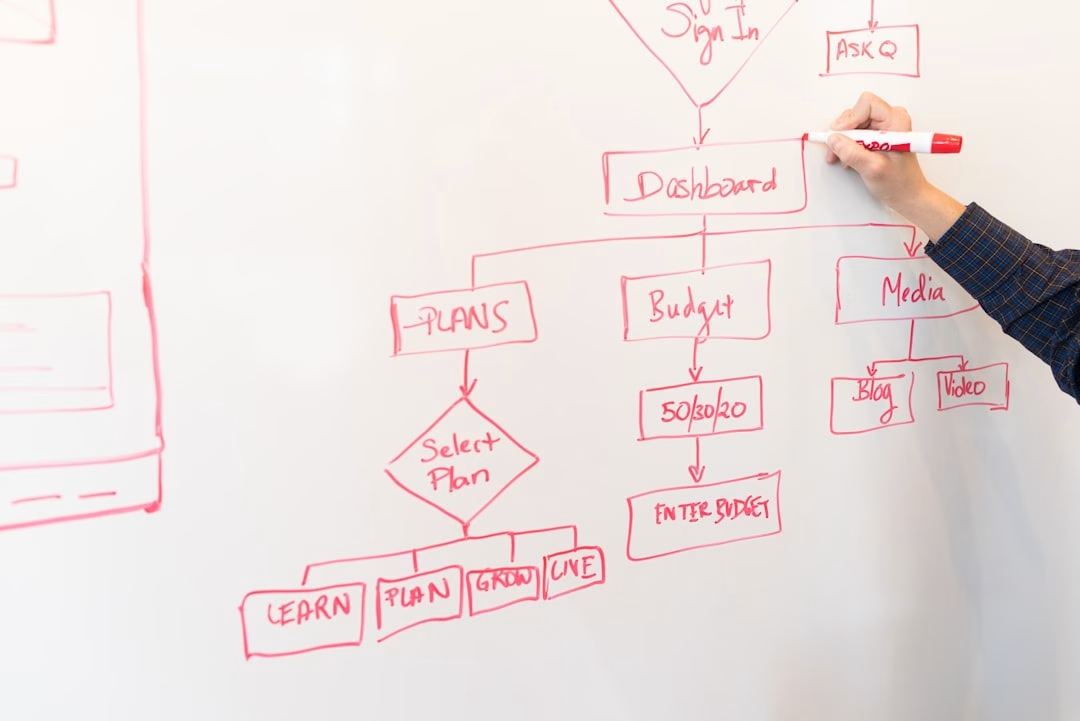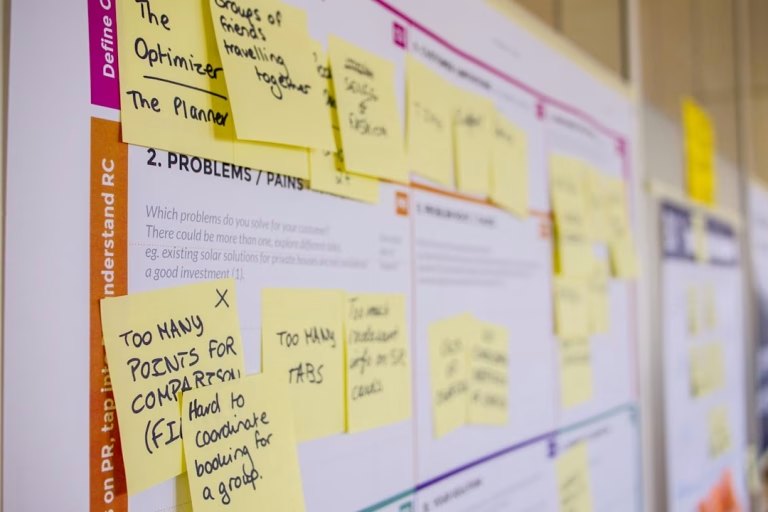Feature Driven Development (FDD) and Its Benefits
Introduction to Feature Driven Development (FDD)
Feature Driven Development (FDD) is an agile software development methodology that focuses primarily on features. Unlike traditional development methods, FDD is based on iterative and incremental processes that emphasize the creation and development of features. In this blog post, we will delve deep into the fundamentals of FDD and the benefits it brings to your software development journeys.
Understanding the Basics of FDD
The key to understanding Feature Driven Development lies within its name itself – ‘Feature.’ In the context of FDD, a feature is a small, client-valued function expressed in the form “action, result, and object” that directly provides value to the client. These features form the heart of FDD, guiding the development process from start to finish.
Critical Phases of FDD
- Develop an Overall Model: Involves creating a high-level walkthrough of the scope of the system and its context.
- Build a Features List: This list should include all features or tasks to be completed, all written in the language of the client.
- Plan by Feature: Creation of a sequential plan regarding the development of every feature on the list.
- Design by Feature: Detailed design and implementation of every feature, one by one.
- Build by Feature: Code, test, and review every feature. This phase produces a working system that gradually grows feature by feature.
The Benefits of Feature Driven Development (FDD)
FDD comes with its unique set of benefits that make it an appealing software development methodology. Let’s take a look at some of these advantages:
- Client-centric Approach: FDD’s focus on features provides an immediate understanding of what the software will achieve, keeping the client engaged in the project.
- Enhanced Visibility: Thanks to a clear plan and progress tracking by feature, project status and progress are easily visible at all times.
- Scalability: FDD is highly scalable and applies to both small and large-sized teams, making it versatile across a variety of project scopes.
- Reduced Risks: By breaking down the software into numerous short phases (features), FDD effectively reduces the risks associated with software development.
- Improved Quality: FDD emphasizes constant review and testing, encouraging the development of high-quality software.
Conclusion
In conclusion, Feature Driven Development (FDD) is a pragmatic, client-centric approach that can significantly enhance your software development process. From its focus on client-valued features to phase-based progress, FDD not only improves workflow but also boosts product quality. It’s no wonder that an increasing number of teams are adopting FDD worldwide.






